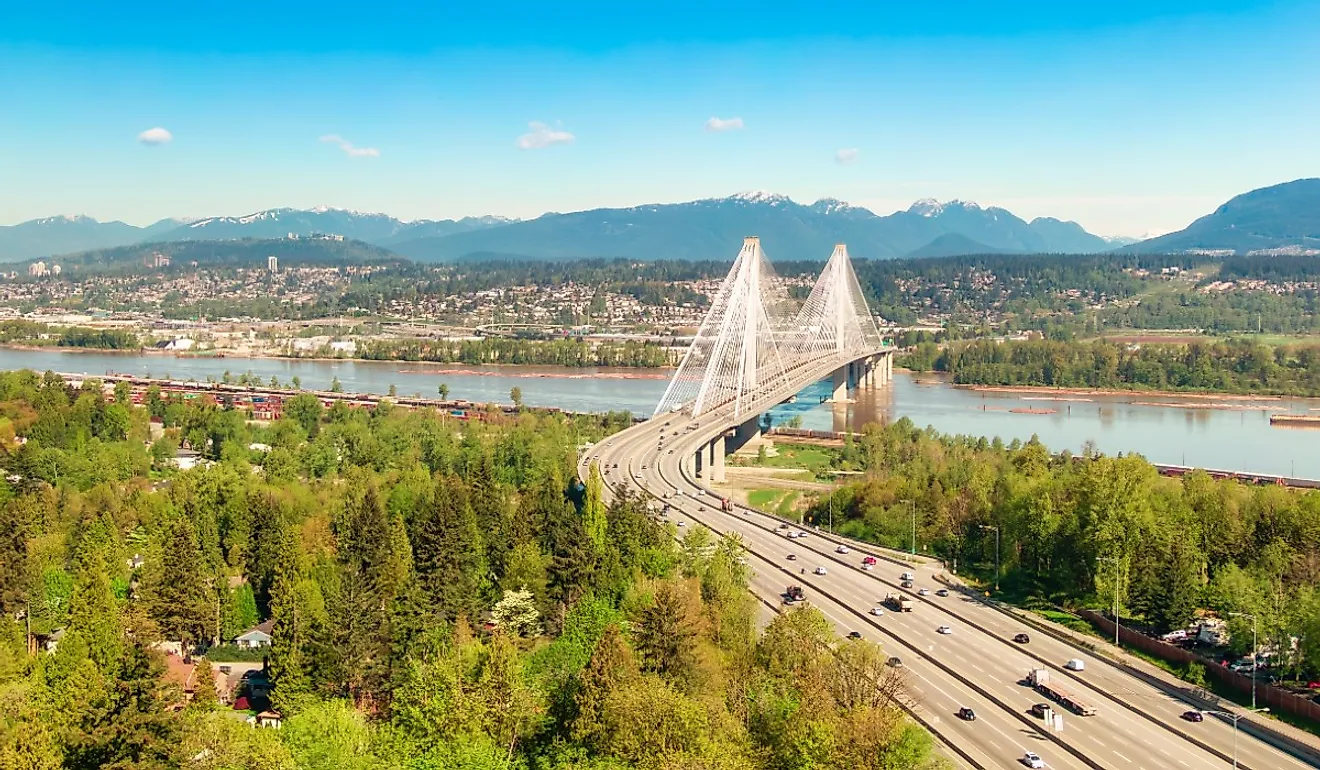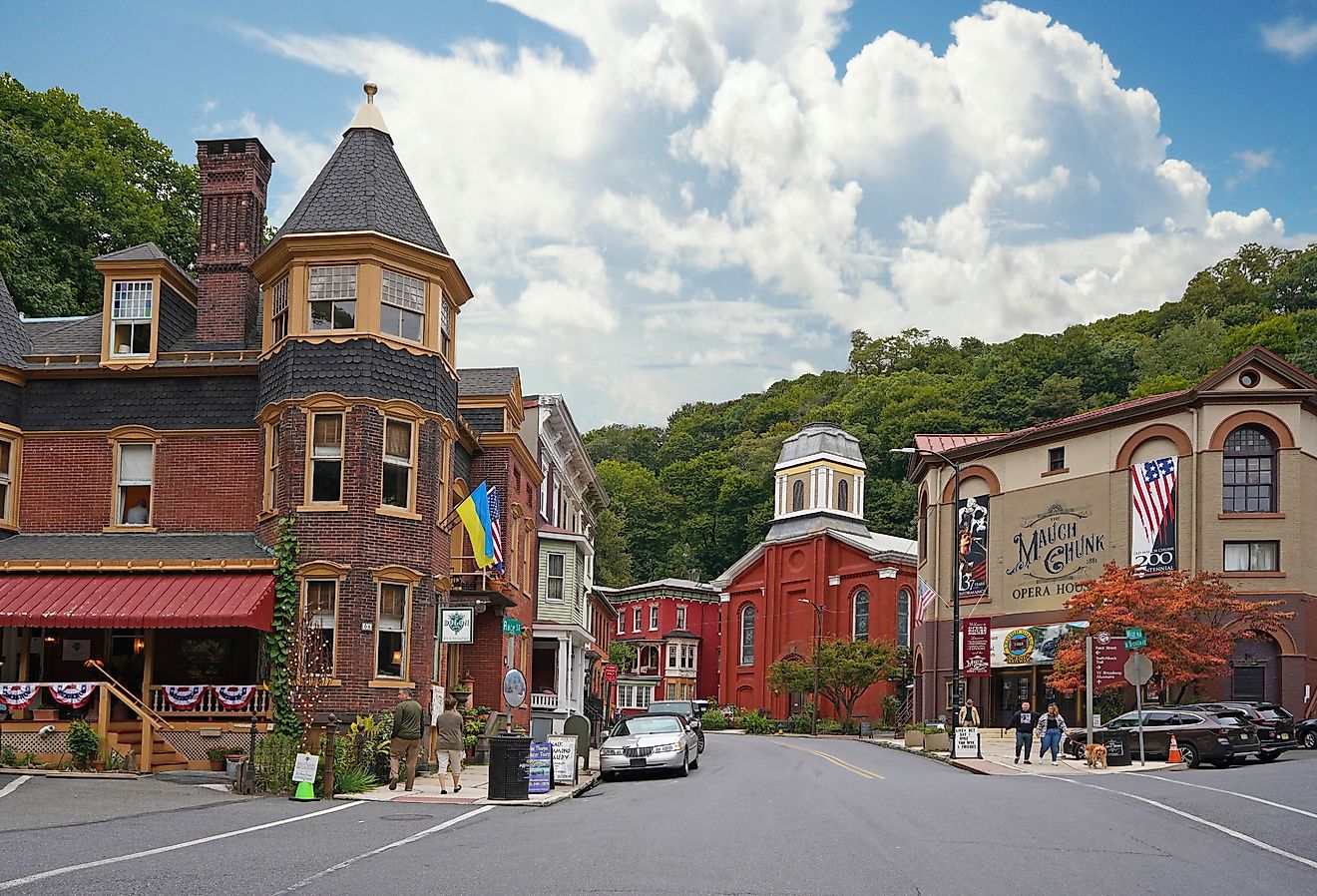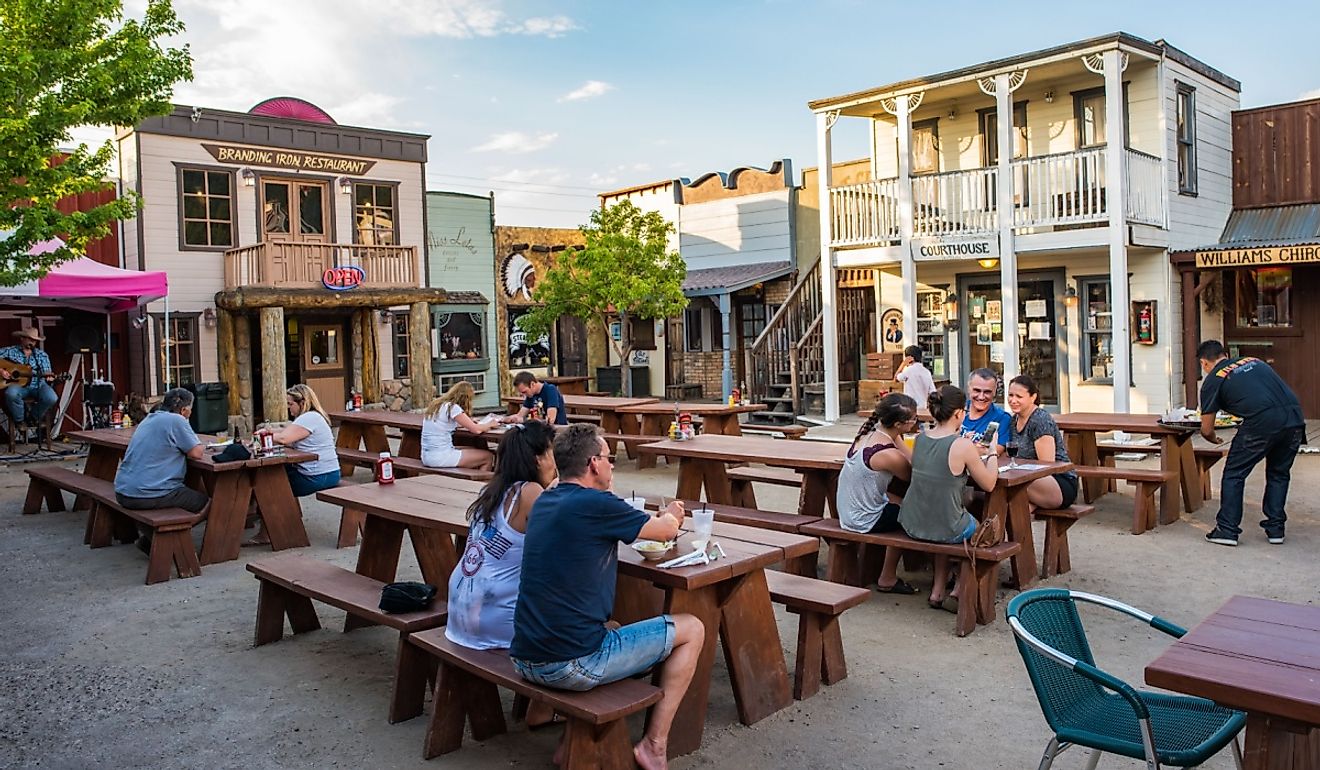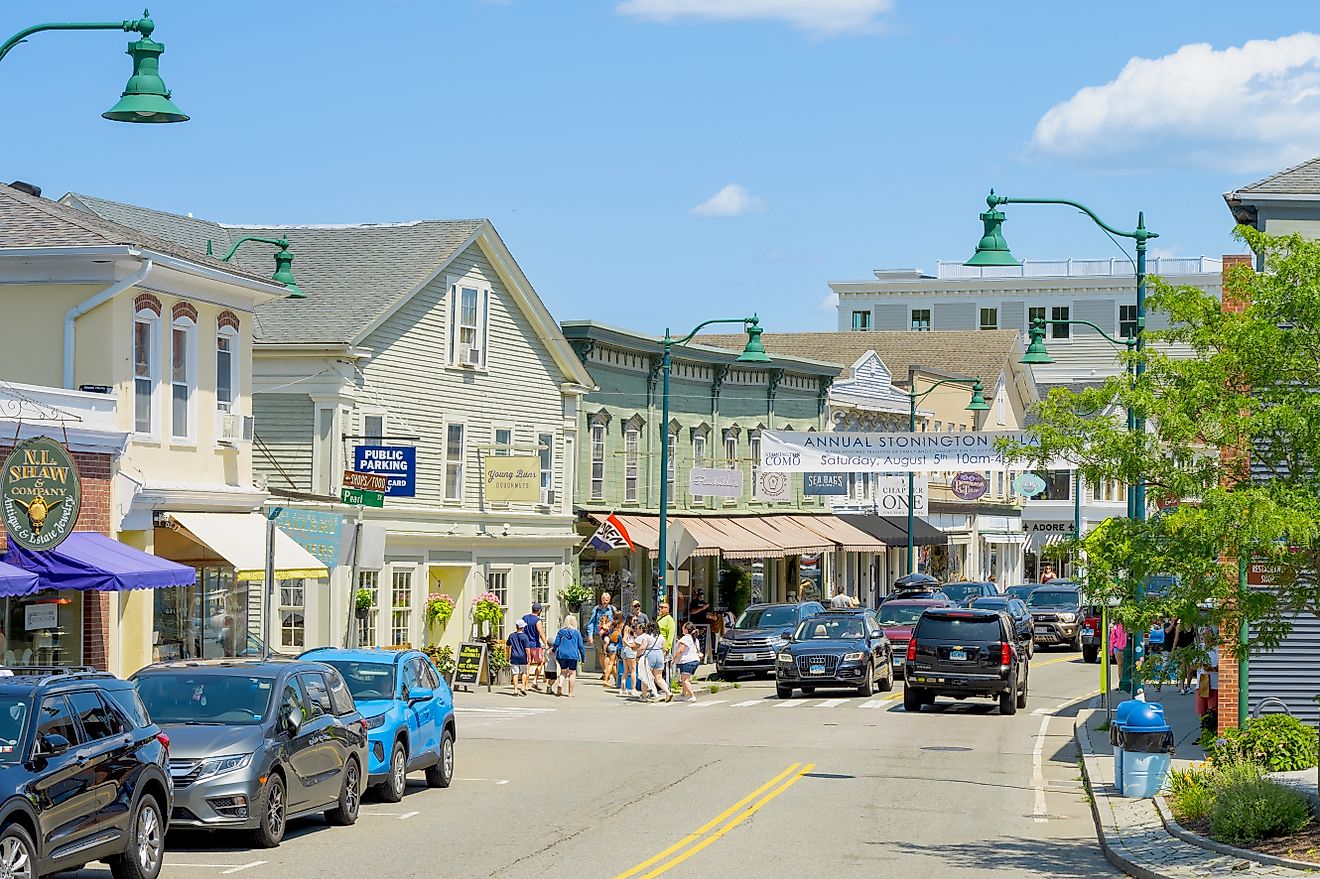
Angel Falls, Venezuela
Waterfalls are a popular tourist destination, and although there are many around the world, Angel Falls is a particularly special waterfall. People visit Angel Falls because of its unique characteristics. The falls are the highest uninterrupted waterfall in the world and are taller than the Empire State Building. Located in Canaima National Park in Venezuela, the falls are only accessible via a flight to the park. The American adventurer Jimmie Angel was the first person to discover Angel Falls.
The Significance of Angel Falls

The falls are part of Canaima National Park, a Unesco World Heritage site declared in 1994. Canaima National Park was the inspiration for the place known as Paradise Falls in the Disney movie Up.
Angel Falls is the highest uninterrupted waterfall in the world; the cataract drops 3,212 feet and is 500 feet (150 m) wide at the base. It is twice as large as New York's Empire State Building and three times taller than the Eiffel Tower. Compared to other famous waterfalls, Angel Falls is significantly larger. The falls are ten times larger than South America's Iguazu Falls and fifteen times larger than Niagara Falls.
Naming

Angel Falls was first seen by outsiders in the 1930s by American adventurer Jimmie Angel. He first flew over the falls on November 16th, 1933, on a solo flight in solo flight in Churún Canyon. The Spanish word for Angel Falls is Salto Ángel, and the falls are also called Salto Churún Merú.
Some people disagree with calling the falls Angel Falls. In 2009, Venezuelan president Hugo Chavez wanted the falls to be known by their indigenous name Kerepakupai Merú. This translates to "waterfall of the deepest place." Another indigenous name for the waterfall is Parakupá Vená, which means "the fall from the highest point."
Geography

Nestled in the Guiana Highlands in southeastern Venezuela, Angel Falls is in Churún Canyon in Canaima National Park. The average flow rate of the falls is only about 3,750 gallons per second. During the dry season, the flow decreases at times to a thin trickle. The falls run from the flat-topped plateau, Auyán-Tepuí, also known as Devils Mountain. They form as the Río Churún reaches the sandstone mesa called Auyán-Tepuí, also known as Devil's mesa.
The waterfall is a tributary off of the Caroni River, approximately 160 miles southeast of Ciudad, Bolivia. The Caroni River is part of Venezuela’s Orinoco River system. A dense jungle surrounds Angel Falls, which makes viewing them best done from the air.
Geology

Angel Falls is part of an old plateau south of the Orinoco River, estimated to be two billion years old. There is evidence of geological change around the scenery of the falls in Canaima National Park. The park has beginnings in the Precambrian period, going back to the formation of one large continent called Pangaea.
A fracture in the earth's crust caused Pangaea to separate. This resulted in the creation of the Atlantic Ocean and the earth's different shields. In Venezuela, there is the Guyanese Shield, which started as a great plain, going up as high as 6,500 to 9,800 feet in elevation. Over a time period of 200 to 400 million years, drastic variations in climate changed the landscape of the Guyanese shield. The region saw strong precipitations, droughts, storms, hurricanes, and the tectonic movements of the earth. Over this time, atmospheric agents eroded the great plain, transforming the area into the spectacular falls seen today.
Wildlife

Angel Falls is in Gran Sabana, a savanna region in Venezuela. The Gran Sabana is a dense jungle surrounded by grasslands. The area is known for its characteristic numerous tepuis, which are flat-topped mountains. The region surrounding Angel Falls is home to a diversity of wildlife.
On the mountains, as elevation increases, the surrounding landscape changes along with the wildlife within the area. At the summits of the tepuis, there is a variety of low-growing plant life. The harsh environmental conditions on top of these mountains make the presence of animals in the area limited. Generally, wildlife prefers the island's forest, riparian forests, and jungles at the foot of the tepui.
In the jungle, there is an abundance of wildlife, including monkeys, poison arrow frogs, and hundreds of species of orchids. However, besides monkeys, larger animals are difficult to spot. Animals such as giant anteaters, armadillos, porcupines, three-toed sloths, otters, jaguars, pumas, tapirs, and capybaras also live in the area.
Tourism

Angel Falls is a popular tourist destination for people from around the globe. However, getting to the falls is not easy since the falls are in an isolated place in the jungle. Tourists who want to visit Angel Falls have to first fly to Canaima National Park. From here, visitors can take a boat, motorized canoe, or fly to see the falls. Some people also fly to Canaima camp, the base of the falls, which is a starting point for river trips. River trips are generally done during the rainy season because this is when the water is deep enough. The rainy season, from June to December, is also the best time to see the falls at full flow.











